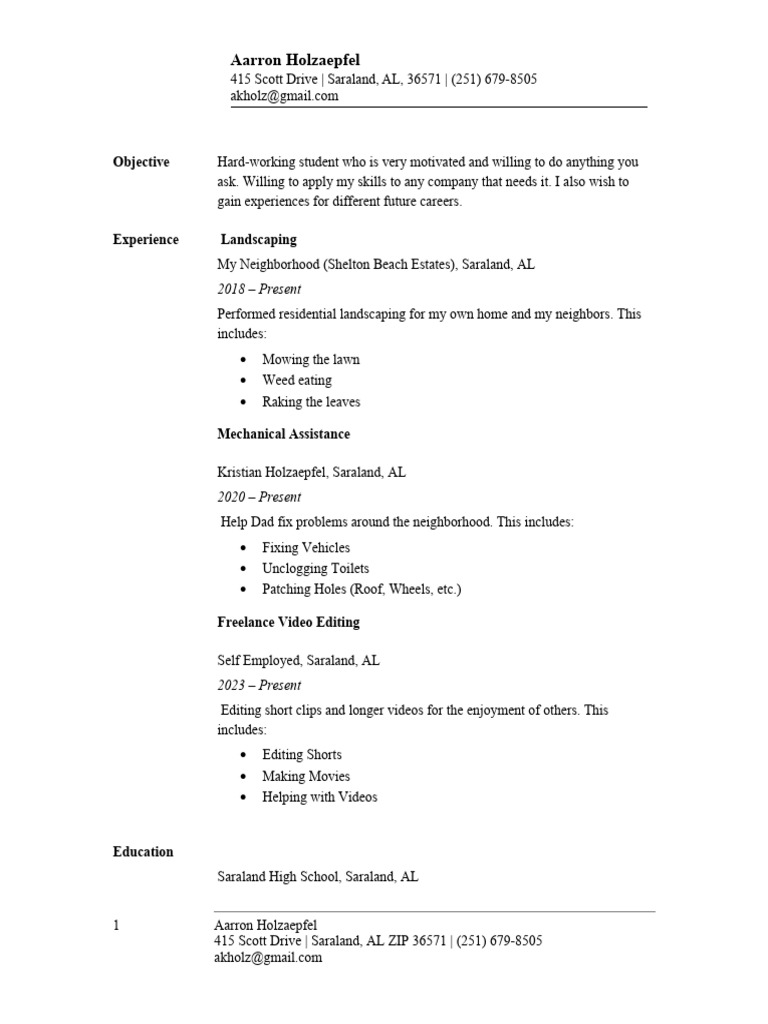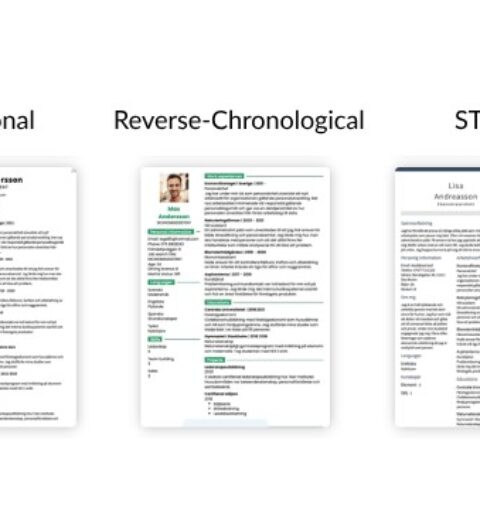As the job market continues to evolve, crafting a compelling resume becomes increasingly vital, especially for 2025. A resume is not merely a document—it is your personal brand. To stand out amidst a sea of candidates, you must pay attention to various elements that form the cornerstone of an effective resume. This guide will elucidate how to make a resume tailored for the future job landscape while offering insights into free templates that facilitate this process.
There’s no one-size-fits-all approach; however, understanding the essential components and innovative trends will position you favorably in your job search. Let’s delve deeply into the structure and features your resume should encompass.
Understanding the Basics
The foundation of a resume typically includes five core sections: contact information, professional summary, skills, work experience, and education. However, as industry demands evolve, so must these sections.
1. Contact Information
Your contact information should occupy the top of your resume. In 2025, this section transcends mere phone number and email address listings; you may also consider including your LinkedIn profile and other relevant social media handles, especially if you work in a digital or creative field. This holistic approach allows employers to better understand your professional persona in the digital realm.
2. Professional Summary
In the past, objective statements were frequently included. However, a succinct professional summary has gained precedence. This brief paragraph should encapsulate your career trajectory, pinpoint your core competencies, and align with the specific role you are targeting. Given the rise of AI-assisted hiring processes, using keywords pertinent to the job description is crucial. Ensure that your professional summary resonates with the job requirements.
3. Skills
Highlighting relevant skills is integral. As of 2025, the demand for both hard and soft skills has sharply risen. Hard skills encompass technical proficiencies, such as “Proficient in cloud computing” or “Expert in Python programming.” Meanwhile, soft skills like “effective communicator” or “adaptable collaborator” are increasingly sought after as organizations prioritize team dynamics and a harmonious workplace culture.
This section should be tailored to each application, utilizing keywords from the job listing to optimize visibility in applicant tracking systems (ATS).
4. Work Experience
When detailing your work experience, adhere to a reverse-chronological format, showcasing your most recent position first. Employ quantifiable achievements rather than simple job descriptions. Statements such as, “Increased sales by 30% within six months” are compelling, while “responsible for sales” is far less impactful. Include relevant internships and volunteer experiences as well, especially for recent graduates entering the labor market.
5. Education
Your education section should reflect the most pertinent information relevant to the position for which you are applying. While traditional degrees hold significance, certifications, boot camps, and online courses are increasingly esteemed in many sectors. Therefore, including these additional qualifications demonstrates lifelong learning and adaptability, traits that are highly regarded by modern employers.
Design and Format
The aesthetic of your resume is just as crucial as its content. A clean design enables easier readability. In 2025, minimalist designs with ample white space are favored to let critical information stand out. Use professional fonts, maintain consistent spacing, and ensure headers are clearly delineated. Moreover, consider the color scheme; subdued tones often reflect professionalism while allowing creativity in fields such as design or marketing.
Utilizing bullet points enhances skimmability, facilitating a quick review by hiring managers and recruiters who often spend mere seconds glancing at each resume.
Incorporating Technology
As technology burgeons, many free resume-building tools can aid in generating a polished document. Websites like Canva or Google Docs offer free templates tailored to various professions and industries. Leverage these resources not just for aesthetics but also for innovative functionalities like built-in spell check and collaboration features.
Furthermore, consider the emergence of AI-driven resume builders. These platforms analyze your work history and the job market’s demands to craft an optimized resume tailored for maximum impact.
Customizing for Specific Roles
A pivotal mistake many candidates make is submitting a generic resume for multiple positions. Instead, customize your resume for each application, aligning your professional summary and skills section with the specific job description. This tailored approach can significantly enhance your chances of passing through ATS and capturing the recruiter’s attention.
Proofreading and Feedback
No resume is complete without thorough proofreading. Typos and grammatical errors can undermine your professionalism. Utilize tools like Grammarly or Hemingway for initial checks, but also consider enlisting a trusted friend or mentor to review your resume from a fresh perspective. Constructive feedback can unearth blind spots, enhancing the overall quality of your document.
Final Considerations
The job landscape of 2025 may look markedly different, yet the principles of crafting a compelling resume remain steadfast. Ongoing self-assessment and responsiveness to industry shifts will ensure you remain competitive. As you prepare your resume, view it as a dynamic document, one that will evolve with your career path. By attending to design, content, and tailored customization, you arm yourself with a powerful tool that can open doors to desirable employment opportunities.
In conclusion, crafting a resume for 2025 hinges not just on the information you present, but on how you present it. By following the outlined strategies and actively seeking resources, you will position yourself favorably in the ever-competitive job market.




